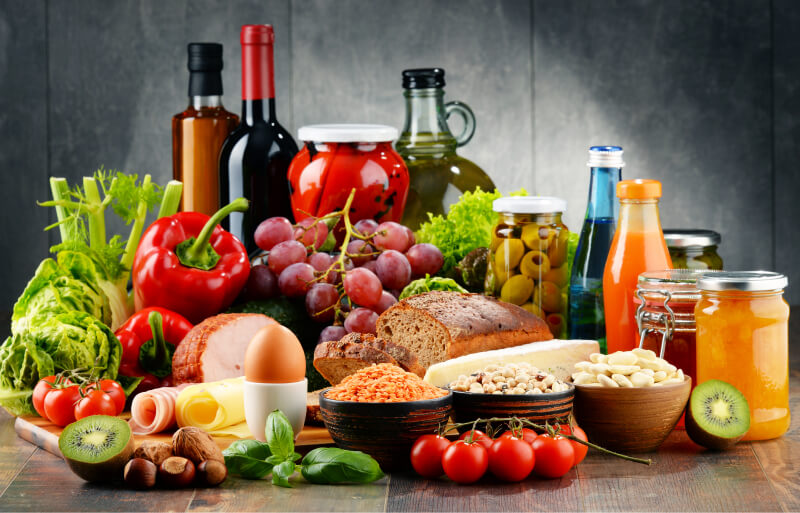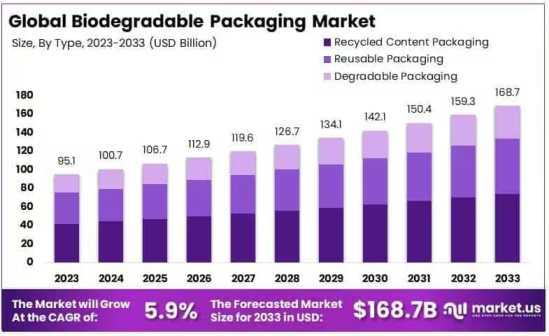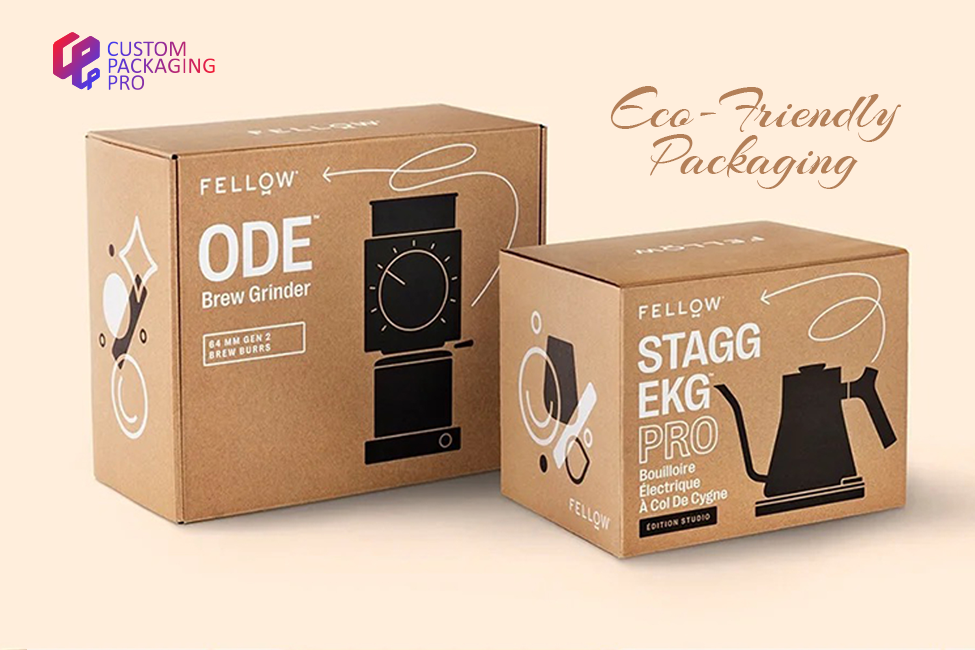Redefining Wrap: Biodegradable Packaging Takes Over
The Environmental Cost of Traditional Packaging
In a world increasingly aware of its ecological scars, packaging has emerged as a silent saboteur. It cushions, contains, and conveys—but at an astonishing cost. Conventional packaging, especially plastic, lingers in ecosystems for centuries, fragmenting into microplastics that weave through our oceans, soil, and bodies. The global packaging industry churns out billions of tons annually, and yet only a sliver is ever meaningfully recycled.
Beyond the visible pollution lies an even murkier problem: the carbon emissions tied to producing these materials. Petrochemical-based packaging isn’t just environmentally persistent—it’s carbon-intensive. Manufacturing, transportation, and disposal all contribute to a larger-than-expected footprint. In essence, every unassuming package might carry an unseen legacy of atmospheric harm.
for more inform :
https://market.us/report/biodegradable-packaging-market/
Eco-Friendly Alternatives Redefining Packaging
The tide, however, is turning. From laboratories to farms, innovators are crafting materials that serve purpose without poisoning the planet. But in the realm of “eco-friendly,” terms are often used interchangeably. Understanding the difference between biodegradable and compostable is key. While both decompose, compostable materials do so within a specific timeframe under controlled conditions, returning nutrients to the soil. Biodegradable items might break down eventually—but without guarantees on time or residue.
Enter the new vanguard of materials:
Mushroom Packaging (Mycelium): This living material, grown from fungi roots, forms custom shapes by growing around molds. It’s lightweight, durable, and fully compostable within weeks.
Seaweed-Based Films: Derived from oceanic algae, these are edible, water-soluble, and dissolve harmlessly—ideal for single-serve food items.
Bagasse (Sugarcane Waste): The fibrous residue after extracting juice from sugarcane is now molded into sturdy containers and trays—offering resilience without plastic’s permanence.
Cornstarch Plastics (PLA): A plant-based polymer that mimics traditional plastics but decomposes in industrial composting environments.
These materials aren't mere substitutions; they’re a reimagining of packaging itself, one that aligns industrial need with environmental reverence.
Industry Sectors Leading the Sustainable Shift
Food & Beverage: Compostable Convenience
Disposable doesn’t have to mean destructive. Restaurants, cafes, and food delivery platforms are increasingly opting for compostable cutlery, containers, and cups. Chains like Just Salad and Sweetgreen are rolling out fully plant-based packaging. It's a shift born not just of ethics, but of economics—consumers are voting with their wallets, seeking brands that reflect their values.
Fashion & Retail: Packaging Meets Purpose
The fashion industry, once notorious for overpackaging, is experiencing a metamorphosis. Biodegradable garment bags, recyclable hangers, and algae-based inks are replacing toxic, non-degradable counterparts. Luxury labels are embracing minimalism—not just in design but in impact—crafting packages that biodegrade as gracefully as the clothes they protect.
E-commerce: Greener Logistics in the Digital Age
As the e-commerce boom barrels forward, so does the waste it generates. Forward-thinking brands are deploying corrugated boxes from recycled materials, mushroom foam insulation, and tape made from natural rubber. Even giants like Amazon are testing compostable mailers. This isn’t trend-chasing—it’s necessity in a world waking up to waste.
for more inform :
https://market.us/report/biodegradable-packaging-market/
Toward a Circular Packaging Economy
The true promise of eco-friendly materials lies not just in what they are, but what they enable—a circular economy. This regenerative model designs packaging not for disposal, but for reintegration into the ecosystem or the economy.
Designing for end-of-life is becoming a design philosophy. Packaging engineers now work backwards—starting with how a product will return to the Earth, not just how it will protect what’s inside. This cradle-to-cradle thinking is fueling the development of smart packaging, which incorporates QR codes for recycling instructions or tracking materials' life cycles.
But the transition isn’t the burden of industry alone. Policy plays a pivotal role. Government mandates, plastic bans, and composting incentives are driving systemic change. Consumer education is another cornerstone. Even the greenest package is useless if tossed into the wrong bin.
Ultimately, it’s about a collective shift—from convenience at all costs to conscious creation and consumption. Packaging for the planet isn’t just a slogan—it’s a survival strategy, a declaration that design and degradation can coexist without ecological compromise.
The rise of eco-friendly packaging materials isn’t just about reducing waste. It signals a deeper evolution—a symbiosis between commerce and conservation, innovation and integrity. As we unbox the future, the question is no longer whether we can afford sustainable packaging, but whether we can afford anything
Redefining Wrap: Biodegradable Packaging Takes Over
The Environmental Cost of Traditional Packaging
In a world increasingly aware of its ecological scars, packaging has emerged as a silent saboteur. It cushions, contains, and conveys—but at an astonishing cost. Conventional packaging, especially plastic, lingers in ecosystems for centuries, fragmenting into microplastics that weave through our oceans, soil, and bodies. The global packaging industry churns out billions of tons annually, and yet only a sliver is ever meaningfully recycled.
Beyond the visible pollution lies an even murkier problem: the carbon emissions tied to producing these materials. Petrochemical-based packaging isn’t just environmentally persistent—it’s carbon-intensive. Manufacturing, transportation, and disposal all contribute to a larger-than-expected footprint. In essence, every unassuming package might carry an unseen legacy of atmospheric harm.
for more inform : https://market.us/report/biodegradable-packaging-market/
Eco-Friendly Alternatives Redefining Packaging
The tide, however, is turning. From laboratories to farms, innovators are crafting materials that serve purpose without poisoning the planet. But in the realm of “eco-friendly,” terms are often used interchangeably. Understanding the difference between biodegradable and compostable is key. While both decompose, compostable materials do so within a specific timeframe under controlled conditions, returning nutrients to the soil. Biodegradable items might break down eventually—but without guarantees on time or residue.
Enter the new vanguard of materials:
Mushroom Packaging (Mycelium): This living material, grown from fungi roots, forms custom shapes by growing around molds. It’s lightweight, durable, and fully compostable within weeks.
Seaweed-Based Films: Derived from oceanic algae, these are edible, water-soluble, and dissolve harmlessly—ideal for single-serve food items.
Bagasse (Sugarcane Waste): The fibrous residue after extracting juice from sugarcane is now molded into sturdy containers and trays—offering resilience without plastic’s permanence.
Cornstarch Plastics (PLA): A plant-based polymer that mimics traditional plastics but decomposes in industrial composting environments.
These materials aren't mere substitutions; they’re a reimagining of packaging itself, one that aligns industrial need with environmental reverence.
Industry Sectors Leading the Sustainable Shift
Food & Beverage: Compostable Convenience
Disposable doesn’t have to mean destructive. Restaurants, cafes, and food delivery platforms are increasingly opting for compostable cutlery, containers, and cups. Chains like Just Salad and Sweetgreen are rolling out fully plant-based packaging. It's a shift born not just of ethics, but of economics—consumers are voting with their wallets, seeking brands that reflect their values.
Fashion & Retail: Packaging Meets Purpose
The fashion industry, once notorious for overpackaging, is experiencing a metamorphosis. Biodegradable garment bags, recyclable hangers, and algae-based inks are replacing toxic, non-degradable counterparts. Luxury labels are embracing minimalism—not just in design but in impact—crafting packages that biodegrade as gracefully as the clothes they protect.
E-commerce: Greener Logistics in the Digital Age
As the e-commerce boom barrels forward, so does the waste it generates. Forward-thinking brands are deploying corrugated boxes from recycled materials, mushroom foam insulation, and tape made from natural rubber. Even giants like Amazon are testing compostable mailers. This isn’t trend-chasing—it’s necessity in a world waking up to waste.
for more inform : https://market.us/report/biodegradable-packaging-market/
Toward a Circular Packaging Economy
The true promise of eco-friendly materials lies not just in what they are, but what they enable—a circular economy. This regenerative model designs packaging not for disposal, but for reintegration into the ecosystem or the economy.
Designing for end-of-life is becoming a design philosophy. Packaging engineers now work backwards—starting with how a product will return to the Earth, not just how it will protect what’s inside. This cradle-to-cradle thinking is fueling the development of smart packaging, which incorporates QR codes for recycling instructions or tracking materials' life cycles.
But the transition isn’t the burden of industry alone. Policy plays a pivotal role. Government mandates, plastic bans, and composting incentives are driving systemic change. Consumer education is another cornerstone. Even the greenest package is useless if tossed into the wrong bin.
Ultimately, it’s about a collective shift—from convenience at all costs to conscious creation and consumption. Packaging for the planet isn’t just a slogan—it’s a survival strategy, a declaration that design and degradation can coexist without ecological compromise.
The rise of eco-friendly packaging materials isn’t just about reducing waste. It signals a deeper evolution—a symbiosis between commerce and conservation, innovation and integrity. As we unbox the future, the question is no longer whether we can afford sustainable packaging, but whether we can afford anything









